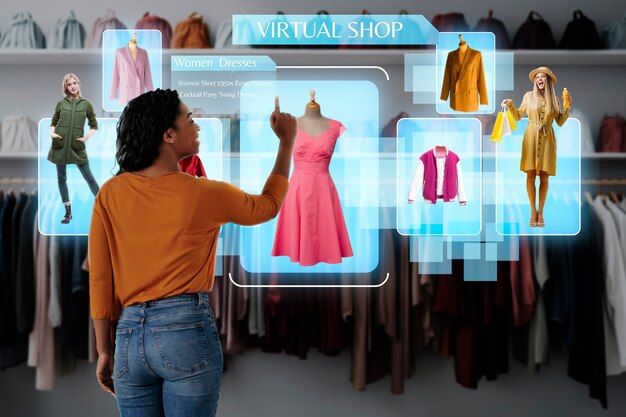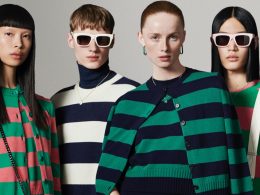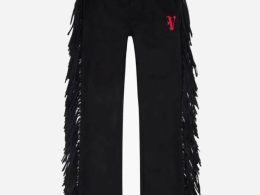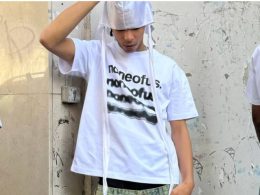Introduction
The fashion world is evolving, and AI fashion sits at the center of this change. Today, you can step into a virtual dressing room from your phone or computer and preview clothes in seconds. At the same time, real-time Styling Technology recommends items that match your taste. These tools make shopping easier, faster, and more fun.
Online shopping once relied on static images and size charts that led many people astray. Now, you can watch how a dress fits your body, or how a shirt might look in different colors, all before you buy. This revolution not only improves the consumer experience but also helps brands refine their collections.
The Basics of AI Fashion
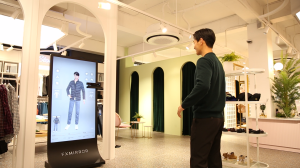
AI in fashion merges data analytics with style. It studies your purchases, preferred brands, and size details. Then it provides fashion personalization by suggesting items you might love. A digital fashion assistant often powers this, serving as a chatbot or tool that refines results based on your input. Over time, it becomes a virtual stylist, picking out products aligned with your taste.
How Virtual Try-Ons Work
A virtual dressing room leverages augmented reality fashion to place digital garments on your image. Some apps require simple data like height and weight, while others scan your body for a more accurate fit. 3D garment fitting then simulates how fabric drapes. If you dislike the look, you switch styles in seconds. This cuts down on trial-and-error and lowers the risk of returning items that don’t suit you.
Real-Time Styling Technology
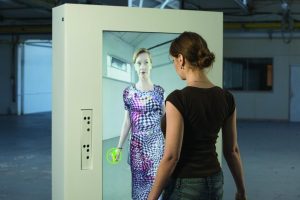
Real-time styling technology addresses the question, “What pairs with this?” It considers your past buys, current trends, and often local conditions. Then it offers personalized style recommendations. If you choose a skirt, it might suggest matching tops or shoes. The system updates as you add or remove items, acting like a personal stylist who adapts in real time.
Why Shoppers Love It
AI fashion tools remove the guessing game from online shopping. Virtual try-ons show a near-accurate preview, so you feel more certain about size or color. This reduces the hassle of returns. It also sparks curiosity. You can test a wild pattern or bright hue without commitment. If it works, great. If not, you move on. Over time, these systems learn your preferences, improving suggestions with each session.
Benefits for Brands
For brands, AI in fashion translates to fewer returns and happier customers. People keep what they buy if it fits well and matches their style. This lowers shipping costs and streamlines inventory. A strong immersive shopping experience also boosts loyalty. Shoppers may spend more time on the site, try more items, and share their experiences with friends.
Data analytics let brands see which products resonate most. They can adjust production, focus on popular styles, and reduce wasted stock. Over time, this leads to more targeted collections and a deeper understanding of consumer needs. It’s a win-win for both shoppers and businesses.
Real Use Cases
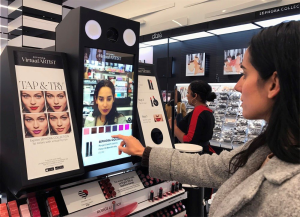
Major retailers have introduced apps that offer virtual try-ons with live camera features. You can see yourself in various outfits, changing colors or patterns on the fly. Smaller boutiques add basic AR filters to websites, letting you gauge fit with simple scans. Influencers and fashion bloggers also use these tools to showcase outfits quickly, without endless wardrobe changes.
In physical stores, some mirrors now have built-in screens. You can try on an item and see different color choices at the tap of a button. This blends online and offline worlds, appealing to shoppers who crave convenience. These cases show how AI fashion can be adapted for any scale, from global brands to local shops.
Combining AI with Human Expertise
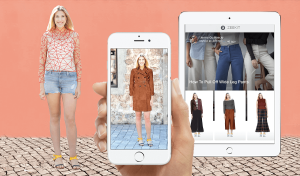
While technology offers precision, human insight remains valuable. Many stores hire stylists who use real-time styling technology to guide customers. Shoppers chat with a real person who suggests items, but the AI system speeds up the process. The stylist can see data on what items you’ve tried virtually. They can then offer personal tips, such as which accessory best suits your body shape.
This hybrid approach preserves the human touch while adding efficiency. It also builds trust. People often enjoy reassurance from an actual expert. When combined with AI, the stylist can handle more queries without losing quality. The result is a seamless blend of modern tech and genuine advice.
Tips for Getting Started
If you’re new to AI fashion, begin by exploring brands or apps known for their virtual dressing room features. Make sure you have good lighting for camera scans. If measurements are needed, take them carefully. Accurate data improves 3D garment fitting results.
Stay open-minded. Let real-time styling technology suggest items outside your comfort zone. Sometimes you’ll find a color or pattern you never thought you’d wear. Check privacy settings if you’re concerned about data. Many platforms allow you to remove or edit body scans. Finally, share your virtual outfits with friends or family for a second opinion. It’s a fun way to make the most of modern shopping tools.
Table: Core Elements of AI Fashion
| Element | Role | Value |
|---|---|---|
| Virtual Dressing Room | Overlays clothes on user’s image | Cuts returns, speeds decisions |
| 3D Garment Fitting | Simulates fabric fit and movement | Offers realistic previews, reduces errors |
| Real-Time Styling Technology | Suggests full outfits instantly | Personalizes shopping, saves time |
| Digital Fashion Assistant | Interacts with users, refines searches | Adds a human touch, boosts accuracy |
| Data Analytics | Tracks trends and user behavior | Helps brands produce in-demand items |
Overcoming Tech Hurdles
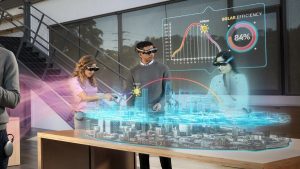
Despite its promise, AI fashion still faces hurdles. Not all body shapes or skin tones are equally represented in digital models. Developers are working on inclusive scans that capture a wider range of figures. Fabric textures can also be tricky. Some items, like sheer or shiny pieces, may not display perfectly.
Internet speed matters, too. A fast connection ensures smoother virtual try-ons. Slow speeds can cause lag, distorting how clothes appear on screen. With continued upgrades to networks and coding, these gaps should narrow. Over time, we can expect more precise results for every shopper.
Sustainability Gains
The fashion sector is often criticized for waste. AI fashion can help by matching shoppers to items they truly want. Fewer returns mean less shipping and lower emissions. Brands can also analyze real-time data to adjust production, focusing on pieces that spark real interest. This prevents piles of unsold items.
Data-driven choices also promote responsible sourcing. If a specific fabric or style gains traction, companies can double down, rather than mass-producing goods no one wants. Over time, such informed planning reduces the industry’s carbon footprint. It also aligns with consumers looking for eco-friendly approaches to style.
Future Innovations in AI Fashion
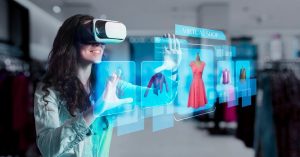
As online shopping trends surge, future tools may include advanced body scanners that capture posture and exact measurements. Augmented reality fashion mirrors could let you try multiple sizes or colors instantly in physical stores. Brands might integrate social media signals, suggesting clothes based on events you plan to attend or local weather forecasts.
Smaller labels may adopt user-friendly AI platforms, offering a unique immersive shopping experience once limited to big retailers. The focus on personalization will keep growing, letting each shopper feel catered to in ways never before possible.
Conclusion
AI fashion is reshaping how we shop. Virtual try-ons show us fit and Color Accuracy, reducing returns. Real-time styling technology matches items into complete looks that save time and spark creativity. Brands benefit from fewer refunds and richer data insights, while shoppers enjoy faster, more enjoyable experiences. Though challenges around privacy and perfect accuracy remain, the field keeps improving. As more people discover AI in fashion, the entire industry grows more efficient, personalized, and eco-friendly.






